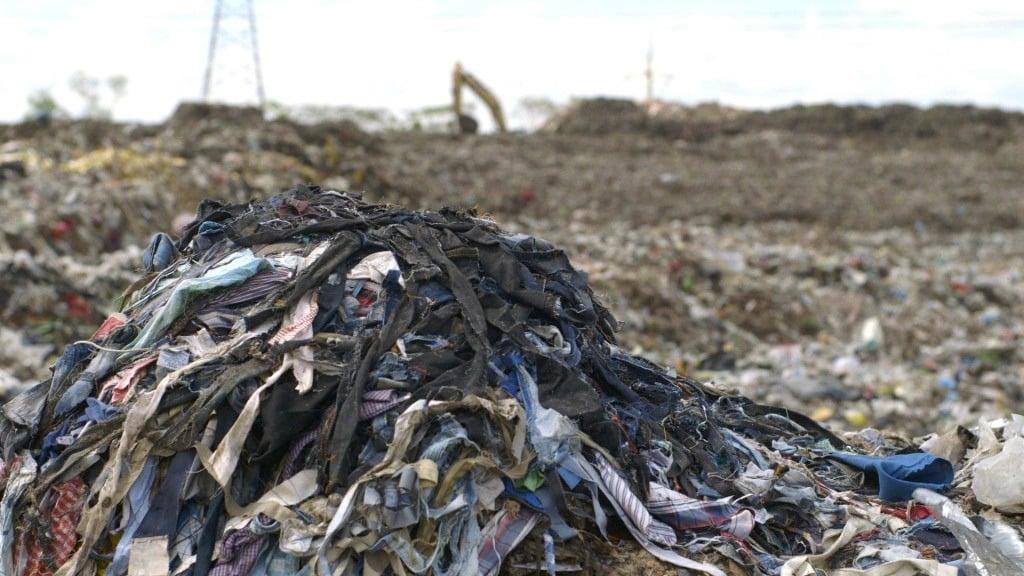At Loop, we are proud of being the first company to tackle the enormous issue of corporate textile waste in Western Australia, and offer solutions nation wide.
Our pioneering initiatives aim to revolutionise the textile industry by introducing innovative practices that not only tackle textile waste but also actively engage in transforming consumption patterns and promote circularity.
We want businesses to take accountability for their waste and encourage them to rethink the way they simply consume and discard, by recognising their workwear as something that still has value and can and should be creatively repurposed and reused.
By offering tailored solutions at any point in the workwear lifecycle, we incorporate creativity and out-of-the-box thinking to ensure a comprehensive and relevant approach to corporate textile waste management.
We have saved over 34 tonnes of textiles from landfill and are just getting started!

Key Facts
Estimated 50% of working Australians wear a uniform, accounting for 6.4 million people.
Australia is the second highest consumer of textiles in the world and has historically lagged behind other countries in both recognising and dealing with this issue.
Around 10% of global emissions come from the textile industry.
75% of all clothing contains cotton, a thirsty crop with a significant environmental footprint (10,000 litres of water needed for 1kg of cotton)
About 60% of textiles are made from plastic, which takes hundreds of years to break down, releasing harmful carbon emissions along the way.
What is a circular economy?
We’re revolutionising the traditional textile economy, shifting it from a linear model to a circular one, where materials are perpetually repurposed and reintegrated into the value chain.
A circular economy is an economic model designed to minimise waste and maximise resource efficiency.
It’s a departure from the traditional linear “take-make-dispose” model.
In a circular economy, products and materials are reused, repaired, remanufactured, and recycled to extend their lifespan, reduce environmental impact, and create sustainable systems where resources are continually cycled.